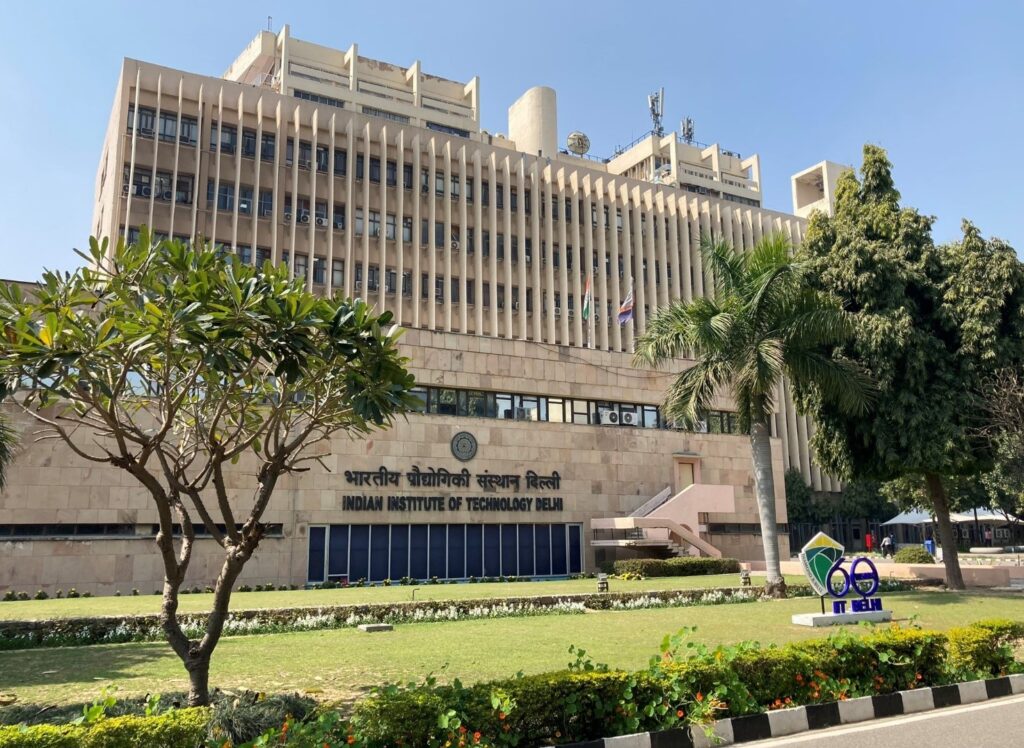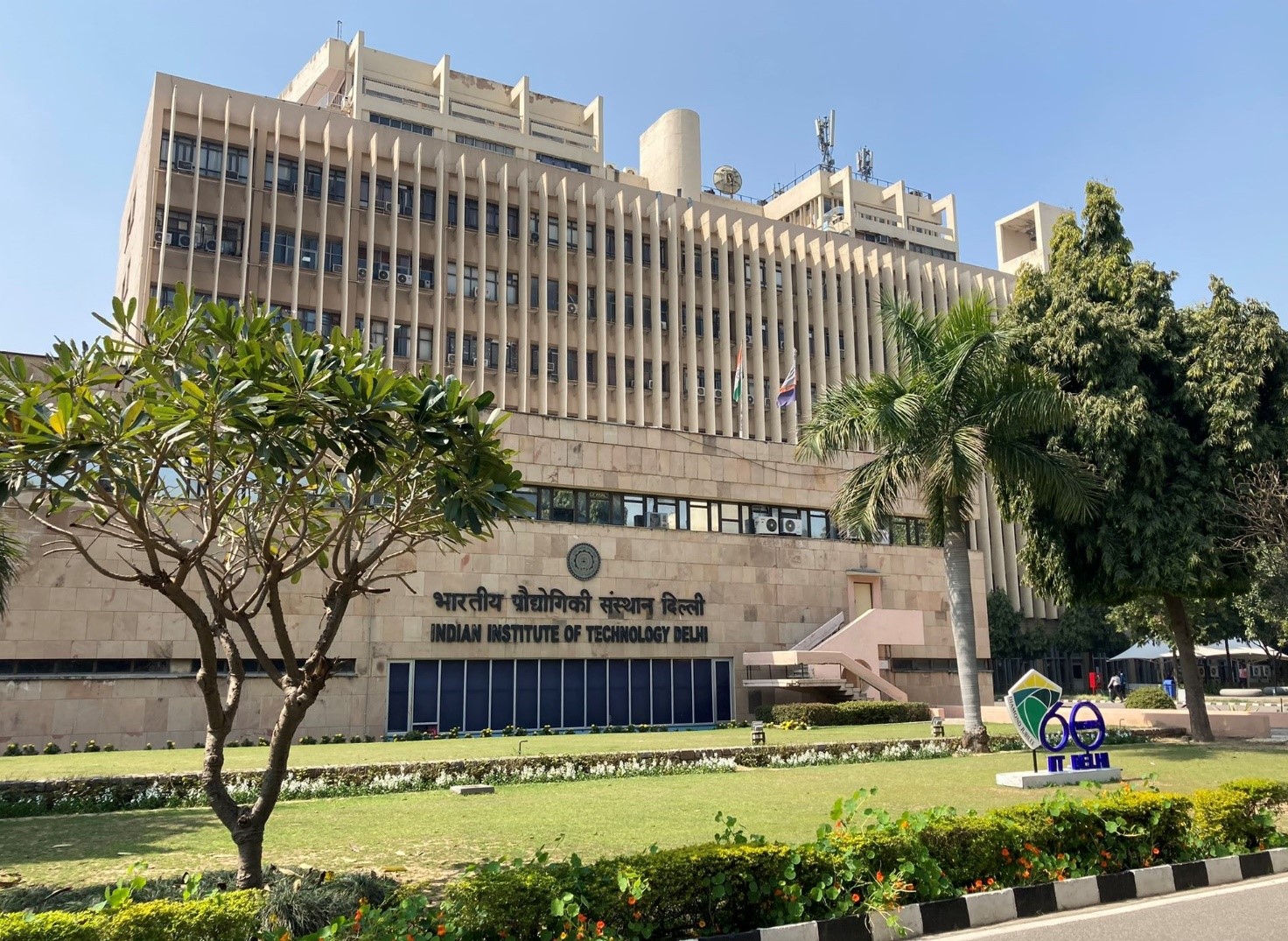
The recent suicide case of Anil Kumar, a B.Tech student at IIT-Delhi, is the second incident of suicide after Ayush Ashna in the last two months. The growing number of suicides among students from marginalised castes in IITs reveals how structural exclusion operates in everyday institutional spaces. It raises several questions about the so-called proclamation of institutional diversity. For instance, why are IITs and other so-called Institutions of Excellence becoming Institutions of Exclusion? Why do marginalised students experience institutional segregation in the everyday social spaces of higher education institutions (HEIs)? Why has the notion of ‘performance’ always been flagged off when it comes to justifying incidents of suicides among marginalised caste students and also in defence of institutional diversity and inclusion?
The last decade in Indian higher education has been transformative. And deeply challenging. The marginalised students entered HEIs through reservation policies, social movements, and solidarity groups, and they have challenged the hegemonic presence of privileged social groups through social collectives and fraternity groups on campus. However, such solidarity groups are not active in many institutions in India. The presence of marginalised students in technical, management and medical institutions is very small compared to the institutions of liberal arts and humanities. Here they constantly struggle to get accustomed to the everyday social spaces of the institutions, which often leads to the inability to forge belongingness. This article attempts to link the notion of belonging, ‘performance’ and structural exclusion to understand student suicides in institutions like IITs and how academic practices and performative norms make IITs a site of structural exclusion.
Framing Belonging
The incidents of student suicide in technical institutions need to be framed in the discourse of belonging in higher education. The micro-observations of such suicide cases open many layers of students’ lived experiences where many marginalised students encountered a sense of not belonging to the institutions. The pressing question is, “Who decides their (non-)belonging”?
The dominant narratives of belonging to institutions like IITs are based on the idea of merit. Historically, IITs have been known for protecting the status quo of social privileges in the name of merit. Ajantha Subramanian (2015) has attempted to deconstruct the meaning of merit in her pinioning work ‘Making Merit’, based on an anthropological study of IIT, Madras. She argues that the meaning of merit is embedded in the (post-)colonial histories of technical education, caste, and capital. In the context of IITs, caste has significantly defined the transformative nature of merit and its linkage with the larger social structure and institutional hegemony.
In the context of IITs, the politics of belonging is linked to an apparently ‘homogenised social space’ where privileged groups are entitled to all kinds of systemic support, and unprivileged groups lack the bare minimum. The institutional unwillingness to accommodate marginalised students in many technical institutions is evident in the ways by which differential treatments forced marginalised students to dissociate from normal academic life. The everyday lived experiences of marginalised students reflect the implicit imposition of casteism, making them realise that they are devalued and inhumane compared to their privileged counterparts. In such situations, when first-generation students like Darshan and Ayush enter the IITs, they experience a sense of non-belonging.
Deconstructing Performance
The dominant justification in cases of student suicides has been narrowed to performance and mental illness. The institutional logic always understands students as individual entities that are not marked by their differential social identity. Often, institutionalised Brahmanical hegemony limits institutions from recognising the social dimensions before understanding such suicide cases. In the case of Darshan Solanki’s institutional death at IIT Bombay, the institution investigated and found “deteriorating academic performance” as a reason to take extreme steps. But institutional probe intentionally undermined caste discrimination and constant humiliation as a reason for taking such steps.
The notion of performance is a social construct. The ongoing debates and discussions around performance and caste identities in HEIs are evident enough to argue that existing norms and methods to assess learners’ performance are beyond binaries of academic aptitude and classroom engagement of individual students. Students from marginalised backgrounds often struggle to find supportive peer groups, faculties, and staff. The hostile and exclusive ecosystem of institutions pushes them into alienation and segregation. In such an institutional atmosphere, the everyday learning of marginalised students gets affected, and therefore, so-called performance parameters create gradation among desirable and undesirable learners. An empirical study titled ‘Survey at an IIT Campus Shows How Caste Affects Students’ Perceptions’ suggests that students belonging to Scheduled Caste/Scheduled Tribe groups report facing hostile attitudes from teachers and fellow students. Many privileged caste students believe that marginalised caste students have lower academic ability, and this leads to humiliation and discrimination against their fellow students.
Conclusion
The socio-spatial structure of IITs still dominates the culture of privileged caste groups. Several studies, including N. Sukumar’s recent book ‘Caste Discrimination and Exclusion in Indian Universities’ uncover the ongoing institutional casteism that perpetuates the notion of purity and impurity in the everyday social spaces of HEIs. Therefore, I argue that institutions like IITs need to bring the social justice agenda to the forefront of their academic structure. Creating diversity and inclusion cells does not address the rooted social exclusiveness and institutional casteism. The destruction of structural exclusion will be only possible when every marginalised student gets recognised with the spirit of rationality and fraternity.
References:
Pandey, P., & Pandey, S. (2018). Survey at an IIT Campus Shows How Caste Affects Students’ Perceptions. Economic and Political Weekly, 53(9).
Shantha, S. (2023). Darshan Solanki Suicide: Did IIT-B Probe Intentionally Ignore Evidence of Caste Discrimination? The Wire, Retrieved from https://thewire.in/caste/darshan-solanki-suicide-iit-b-ignore-evidence-caste-discrimination
Subramanian, A. (2015). Making Merit: The Indian Institutes of Technology and the Social Life of Caste. Comparative Studies in Society and History, 57(2), 291-322. doi:10.1017/S0010417515000043
Sukumar, N. (2022). Caste Discrimination and Exclusion in Indian Universities: A Critical Reflection. Routledge.
***
Vidyasagar Sharma is a PhD Candidate at the Faculty of Sociology, Bielefeld University, Germany.
